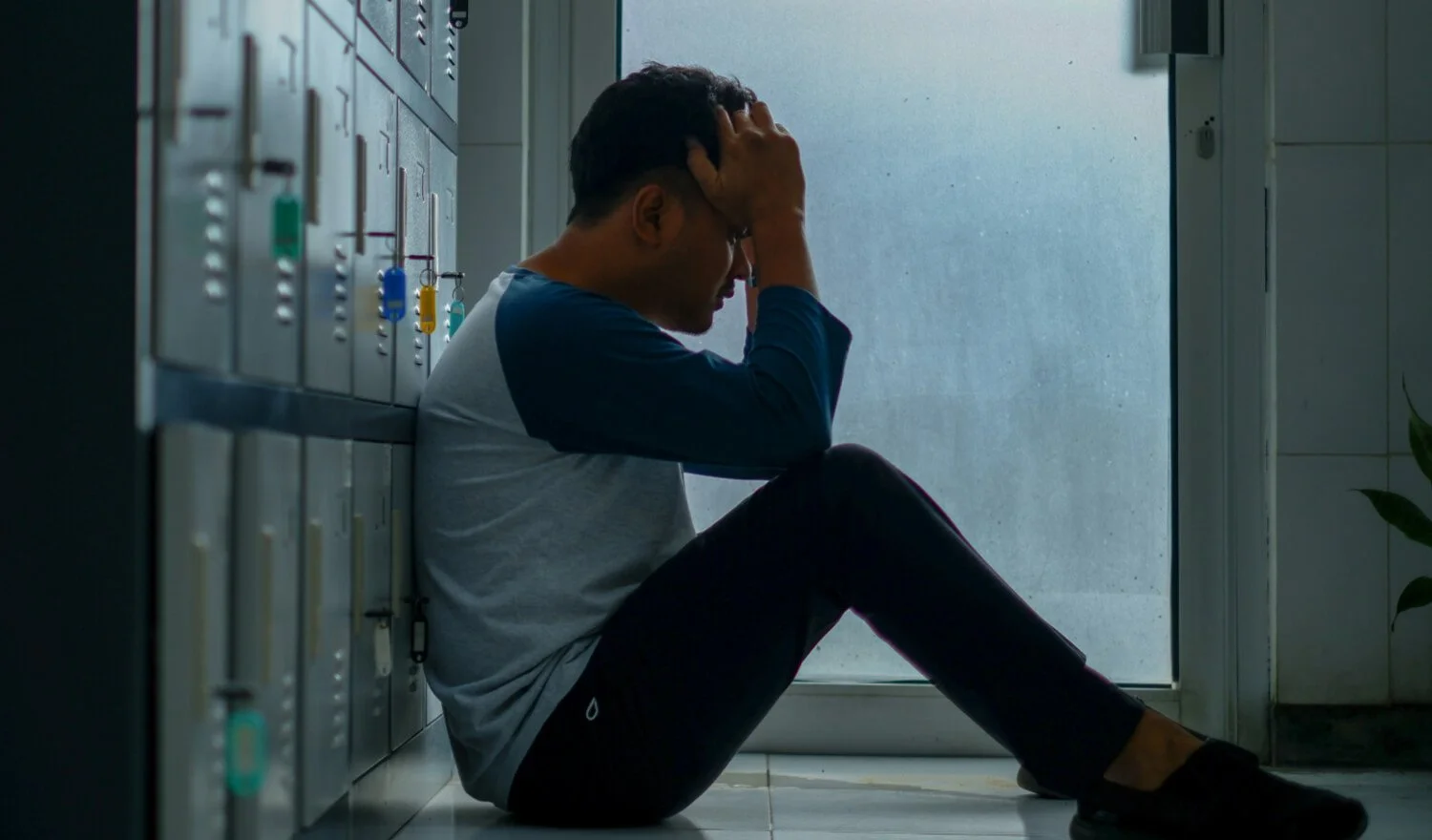Post-Traumatic Stress Disorder (PTSD)
What is Post-Traumatic Stress Disorder (PTSD)?
Some individuals who experience trauma do not automatically process their traumatic experiences and are therefore at risk of developing PTSD.
PTSD can manifest through a variety of symptoms, including:
Flashbacks
Nightmares
Reliving the traumatic event
Avoidance behaviours
Cognitive Behavioural Therapy (CBT) has been shown to be an effective treatment for individuals with PTSD.
Those diagnosed with PTSD often engage in both internal and external avoidance behaviours, which prevent trauma processing and reinforce the condition.
How PTSD affects the brain and behaviour
Individuals with PTSD develop avoidance patterns, which prevent emotional processing and maintain distress.
A trauma can impact multiple aspects of life, including:
Sense of security
Trust in others
Self-esteem
Personal safety
Emotional and physical intimacy
Trauma changes how individuals perceive themselves, the world, the future and life in general.
How does CBT treat PTSD?
CBT for PTSD focuses on identifying avoidance patterns, gradually exposing individuals to past traumatic events, talking about the trauma to reduce its emotional intensity and challenging avoidance behaviours to facilitate healing.
By safely revisiting memories, individuals learn that their thoughts and assumptions post-trauma are not always accurate.
The brain’s natural tendency to generalise
The brain automatically generalises experiences, which can be adaptive for survival but also misleading in modern life.
As an example, if someone was robbed by a person wearing a red jacket, their brain might associate red clothing with danger and trigger anxiety when seeing anyone wearing red. In the long run the brain can encourage avoidance of places where the incident occurred.
This is an incorrect conclusion, but the brain prioritises survival over accuracy.
Relearning through exposure therapy
Exposure therapy is a key part of PTSD treatment.
The goal:
Gradually expose the person to feared situations
Help them realise that past trauma does not dictate present reality
By repeatedly confronting feared memories and situations in a structured way, individuals unlearn faulty assumptions and regain control over their responses.
Example:
A person who mistakes a stick for a snake will instinctively jump away. This reaction was beneficial in prehistoric times, but in modern contexts, it can lead to unnecessary distress.
Facing trauma can feel scary – but it’s safe in therapy
Revisiting trauma in therapy may feel intimidating, but it is crucial for recovery.
Important to remember:
Memories and emotions are not dangerous.
Talking about trauma with a psychologist is safe.
Gradual exposure from a secure environment helps reduce emotional distress.
Over time, revisiting trauma in a safe therapeutic space makes it easier to process, allowing the healing process to take place.



